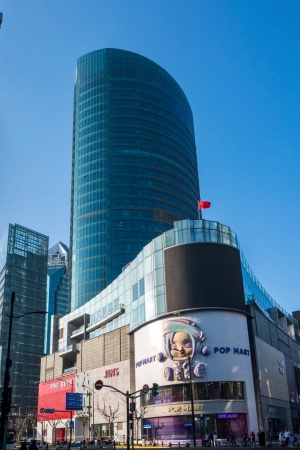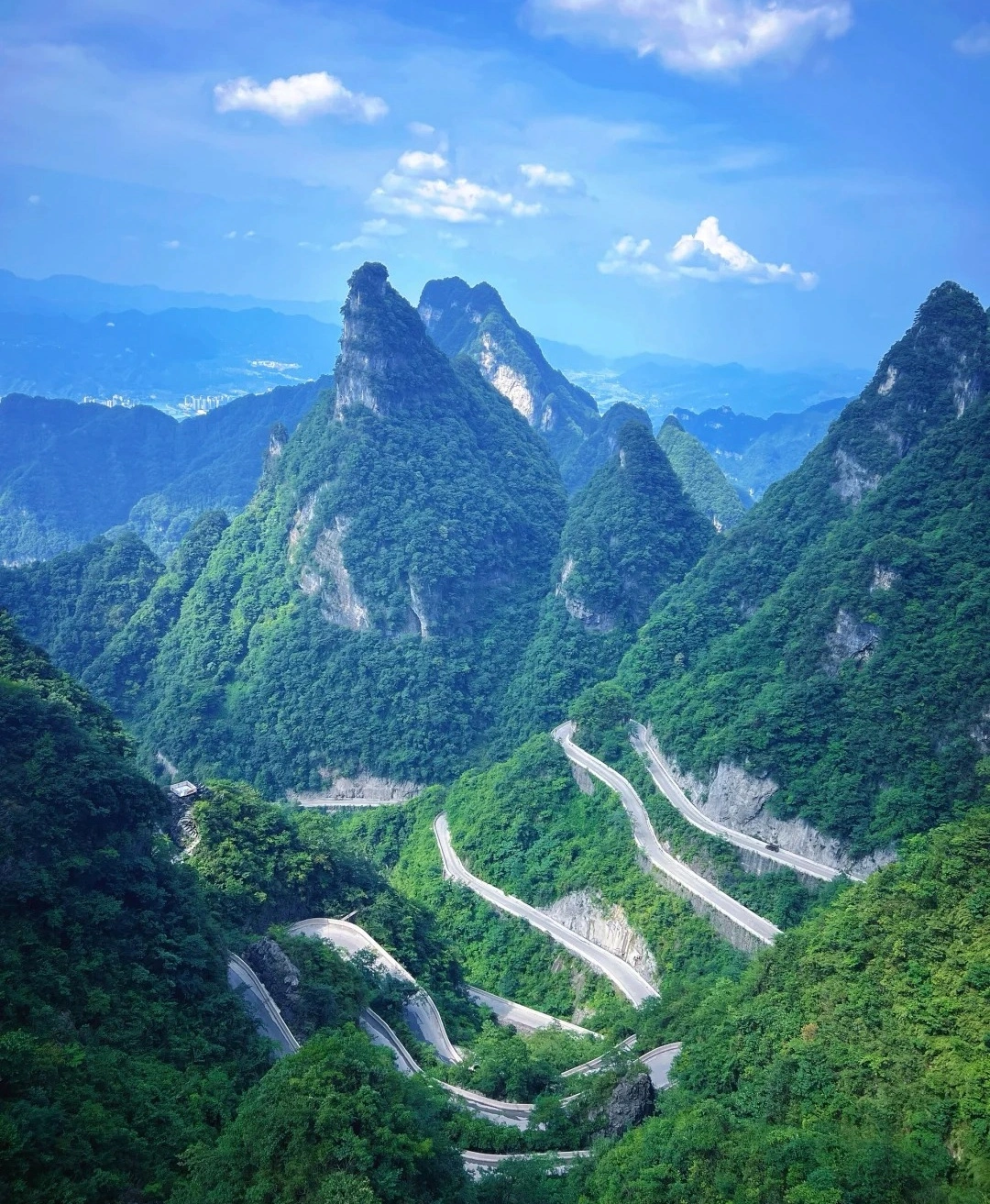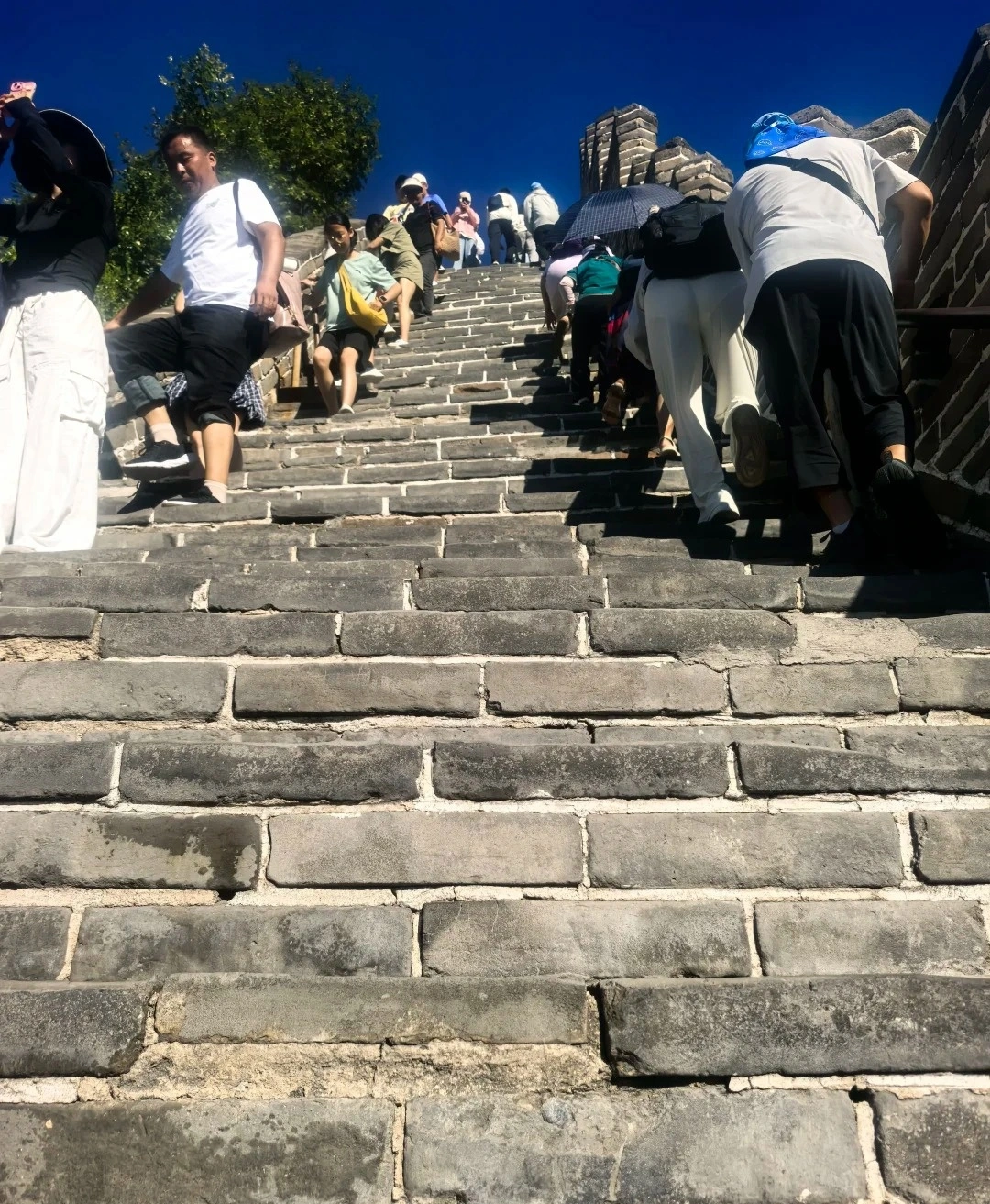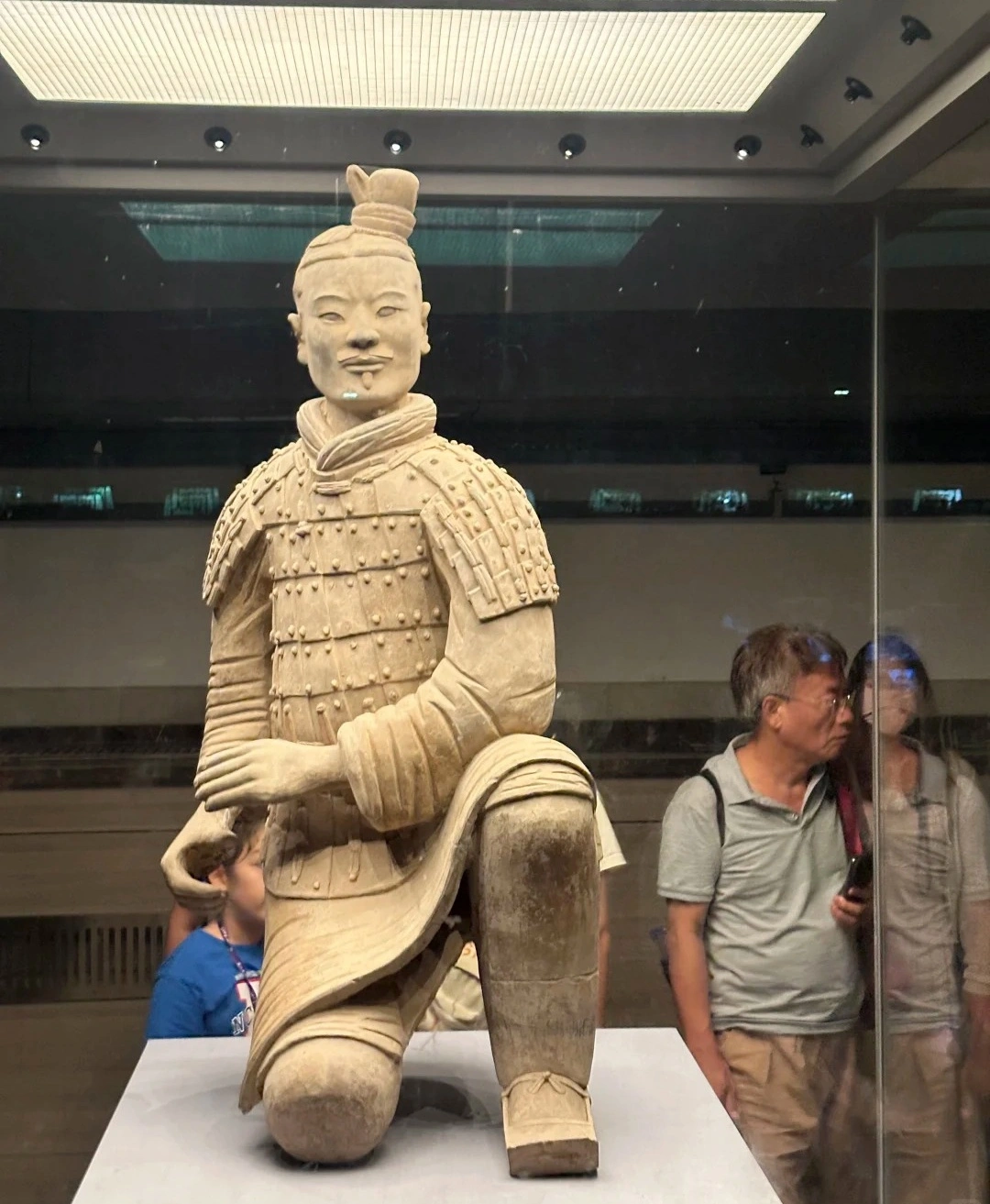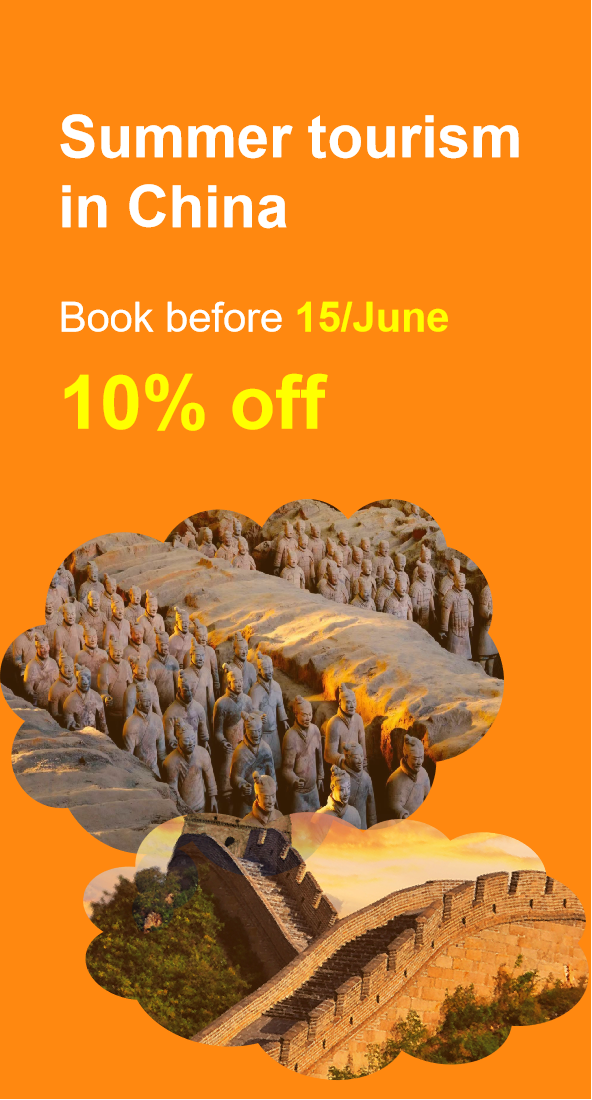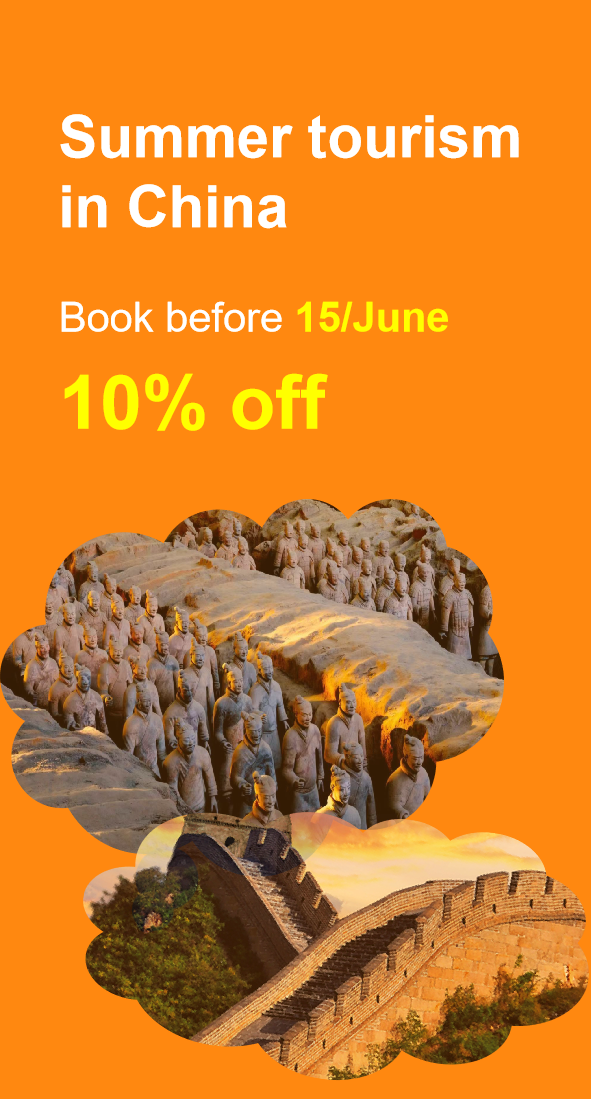Top 10 Historical Landmarks in Xi'an
Xi’an, the eternal capital of 13 dynasties, stands as a living museum of Chinese civilization. From the world-renowned Terracotta Army to the imposing Ming-era city walls, the city’s historical sites offer a window into millennia of art, architecture, and cultural evolution. Here are the top ten must-visit landmarks that define Xi’an’s legacy:
1. Terracotta Army (Terracotta Warriors)
No visit to Xi’an is complete without witnessing the Terracotta Army, a UNESCO World Heritage Site discovered in 1974. This underground army of over 8,000 life-sized clay soldiers, horses, and chariots was crafted in the 3rd century BCE to guard Emperor Qin Shi Huang’s mausoleum. The site, located 50 km east of downtown Xi’an, includes three pits and a museum showcasing restored artifacts. Allocate 3–4 hours for a comprehensive visit, including the mausoleum’s surrounding grounds.
2. Xi’an City Wall (ancient city wall)
The Xi’an City Wall, built in 1370 during the Ming Dynasty, is one of the oldest, largest, and best-preserved fortifications in China. Stretching 13.7 km, it encircles the old city center and offers panoramic views via bike rides or walks along its ramparts. Recognized as a UNESCO tentative World Heritage Site under the “City Walls of the Ming and Qing dynasties” listing, it remains a symbol of medieval military architecture.
3. Big Wild Goose Pagoda (Giant Wild Goose Pagoda)
Constructed in 652 CE by the Tang monk Xuanzang, the Big Wild Goose Pagoda is a masterpiece of Buddhist architecture. Originally five stories tall, it was rebuilt to seven stories in 704 CE and later renovated during the Ming Dynasty. As part of the UNESCO-listed Silk Roads corridor, the pagoda houses sacred Buddhist scriptures brought from India and offers serene gardens for reflection.
4. Bell Tower of Xi’an
The Bell Tower, built in 1384, marks the geographic center of ancient Xi’an. This Ming-era icon once housed a massive bronze bell used to announce time. Today, it serves as a museum displaying cultural relics and hosts traditional music performances. At night, its illuminated structure becomes a focal point of the city’s skyline.
5. Muslim Quarter
While not a single monument, the Muslim Quarter is a historic neighborhood near the Drum Tower, dating back to the Tang Dynasty. Its labyrinthine alleys are lined with 14th-century mosques, including the Great Mosque of Xi’an, and bustling markets selling spices, kebabs, and handicrafts. This vibrant district reflects the city’s role as a crossroads of East and West.
6. Shaanxi History Museum
Dubbed “China’s Louvre,” the Shaanxi History Museum houses over 370,000 artifacts spanning from prehistory to the 19th century. Its exhibits include Tang Dynasty gold vessels, Zhou-era bronze rituals, and Terracotta Army replicas. Free entry (with advance booking) makes it a must for history enthusiasts.
7. Small Wild Goose Pagoda
Built in 707 CE, the Small Wild Goose Pagoda complements its larger counterpart with a simpler, more austere design. Part of the Jianfu Temple complex, it survived a 1556 earthquake that split its top two floors, leaving a striking visual testament to Tang engineering. The adjacent Xi’an Museum provides context on the Silk Road’s influence.
8. Mausoleum of Emperor Qin Shi Huang
The Mausoleum of Qin Shi Huang, The Terracotta Army’s parent site, remains unexcavated but is believed to contain a vast underground palace. Archaeological surveys suggest a complex with mercury rivers and celestial maps, echoing the emperor’s quest for immortality. Visitors can explore the surrounding mounds and learn about Qin Dynasty innovations.
9. Drum Tower
Adjacent to the Bell Tower, the Drum Tower (built in 1380) once housed drums to mark dusk. Today, it features a 24-solar-term drum display and offers panoramic views of the Muslim Quarter. The towers’ paired presence symbolizes harmony in traditional Chinese cosmology.
10. Tang Paradise Theme Park
For a modern twist on history, Tang Paradise recreates the glory of the Tang Dynasty with pavilions, lakes, and cultural performances. While not an ancient site, its meticulous design offers insight into imperial lifestyles and landscaping traditions.
Why Xi’an Matters
Xi’an’s landmarks are not isolated relics but interconnected chapters of a city that shaped China’s identity. From the militaristic precision of the Terracotta Army to the spiritual tranquility of the Wild Goose Pagodas, each site narrates a story of innovation, faith, and cultural synthesis. Whether cycling atop the city walls or savoring street food in the Muslim Quarter, visitors become part of Xi’an’s timeless dialogue between past and present.
Plan your journey to this open-air museum and witness history come alive—one landmark at a time.
Contact Us
What Our Clients Say?
Based on 10,000+ traveler reviews
